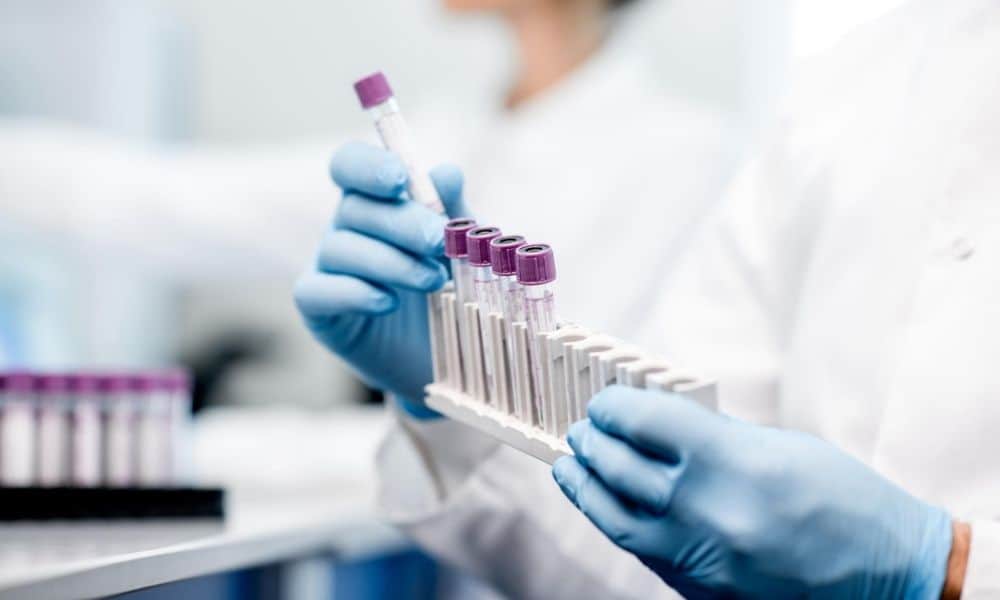Working in a laboratory can pose numerous threats to workers. The dangers of working in a laboratory can range from chemical and biological to physical hazards and risks. It is vital to understand the safety risks and precautions to ensure your workers stay safe on the job.
Chemical
Chemical risks are very common in laboratory settings. Because handling chemicals is a typical daily task of laboratory researchers, chemical safety is of the utmost importance. Chemical contact with the skin, ingestion, and inhalation are a few of the risks associated with chemical usage. Chemicals also pose a threat as potentially volatile subjects that can create explosions, fires, or even toxic substances. Direct contact with certain chemicals can create burns, airborne contamination can infect workers’ hands (which can lead to ingestions when handling food and drinks), and the inhalation of chemicals can create serious long-term damage to our lungs and other organs.
Biological
Laboratory work with bacteria, viruses, bodily fluids, or tissue can all present biological hazards. These can carry allergens or diseases that put laboratory workers at risk. This is a major risk of laboratory work, as workers can become infected as well as spread the allergens or diseases to those they encounter outside of the laboratory.
Physical
Physical risks are much more commonplace work hazards to stay conscious of. While slips, trips, and falls are common workplace risks everyone should work to be more aware of, mishandling is the biggest physical risk in laboratories. Mishandling a hot item or lifting heavy equipment can result in injuries such as burns or long-term back injuries.
Prevention
While Good Manufacturing Practice (GMP) and Good Laboratory Practice (GLP) are used to ensure the products created in laboratories are safe and quality-controlled for end-users, the Occupational Safety and Health Administration (OSHA) outlines how to keep workers safe when developing these products. Standards such as using proper personal protective equipment (PPE) and properly storing biologically hazardous materials are highlighted by OSHA to create a safer workplace. Not following OSHA standards can result in hearty fines, health complications for your workers, and a bad reputation to follow.
The dangers of working in a laboratory come in different forms and severities. Chemical, biological, and physical risks make laboratory work especially dangerous and require optimal awareness and OSHA standards to be carefully followed to keep your workers safe.







